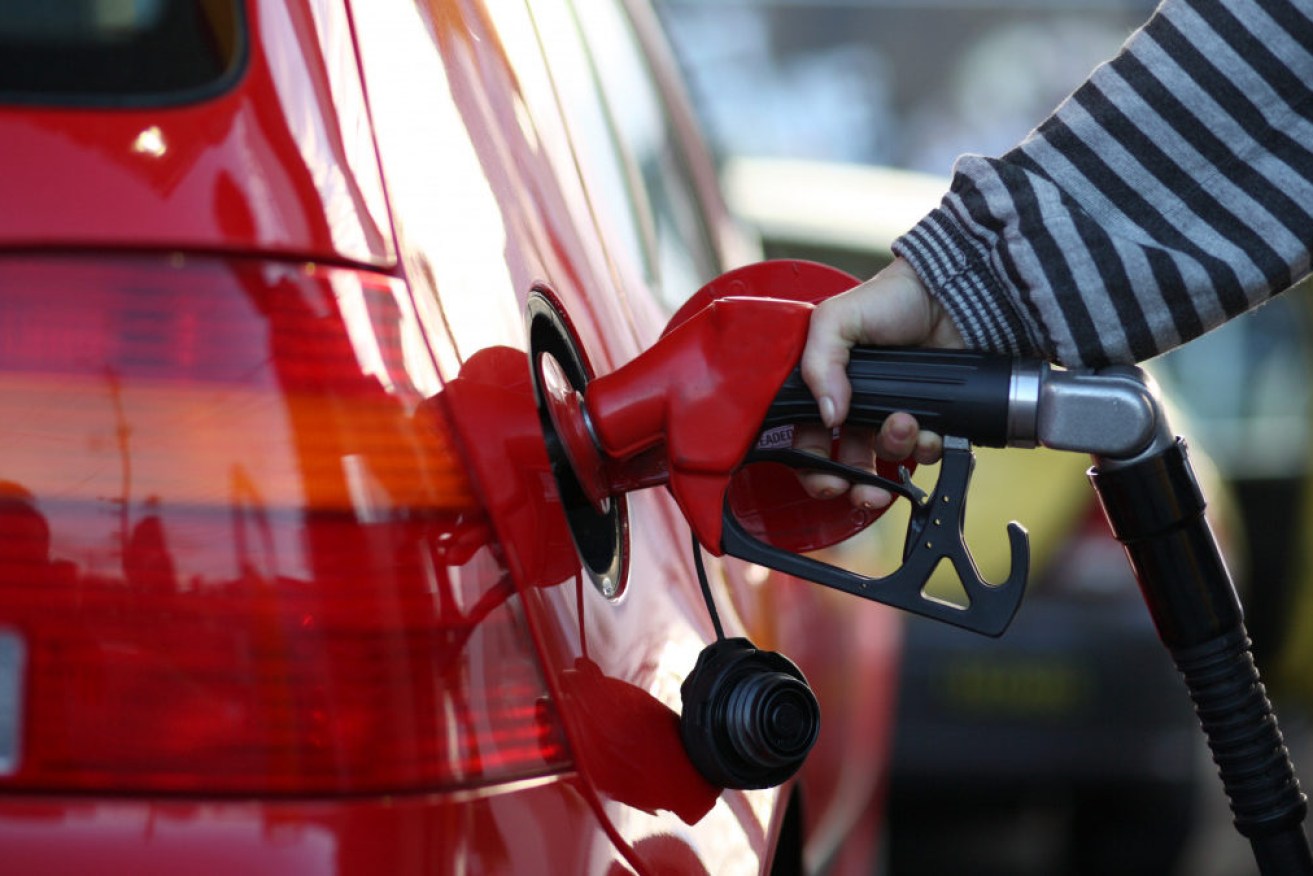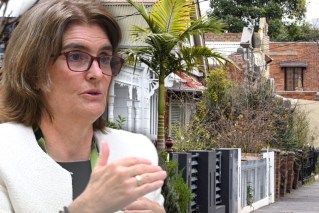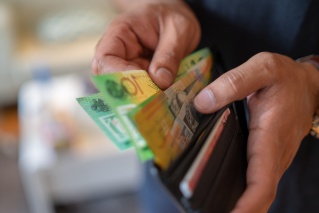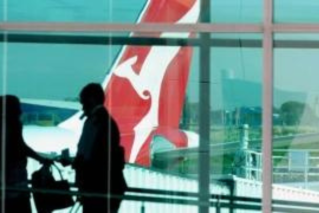‘We’ll be calling that out’: ACCC puts petrol retailers on notice as motorists take hip pocket hit


Petrol prices are on their way up again, after the end to the cut in the excise on fuel. Photo: Getty
The ACCC has put petrol retailers on notice, declaring their margins should fall this year as fuel prices rise from pandemic lows and motorists begin paying more.
“Now that we’re back to pre-COVID levels of demand and the oil prices are high, we absolutely expect margins to come down,” ACCC chair Rod Sims told The New Daily.
“And if they don’t, we’ll be calling that out.”
The ACCC will be watching closely to see whether retailers are giving consumers their best price after gross margins increased to record levels during the pandemic.
The gap between wholesale prices and what motorists pay at the bowser ballooned to 122.1 cents per litre last September, before dipping over the December quarter to 17.4 cents as demand returned, according to ACCC data published this week.
Those historic highs were understandable when people were buying less petrol during lockdown, but Mr Sims said market conditions are changing fast.
After falling below $1 per litre last year, petrol prices are now soaring, supported by the return of motorists and a resurgence in global oil prices.
Daily average petrol prices hit $1.59 per litre in Melbourne on Thursday and $1.45 in Sydney as east coast markets approached a peak in promotional cycles – just in time for Victoria’s long weekend.
But there’s much more than just fuel discounting flowing into the resurgence.
International oil prices surged past pre-pandemic levels on Friday, with Brent Crude, the global benchmark, spiking 5 per cent to $US67 ($85) per barrel after major OPEC+ producers agreed to maintain a lid on production into April.
And those shifts will flow through to bowsers sooner rather than later, according to David Bryne, an associate professor of economics at Melbourne University.
“Prices rise like rockets when oil prices rise, and fall like feathers when they fall,” he told The New Daily.
Research shows [fast price rises are] often associated with retailers exercising their market power to earn profits.”
Dr Bryne also said retailers may take advantage of consumers who are sticking to their cars to avoid public transport after the pandemic, which could make it easier to charge higher prices.
Demand for fuel recovered to within 6 per cent of 2019 levels over the December quarter as motorists began hitting the road again, the ACCC revealed this week.
Commonwealth Bank economist Ryan Fellsman said he had already seen evidence of retailers jacking up prices at the peak of their discounting cycles, with higher potential for margin increases.
“Over the east coast of Australia prices at the bowser have jumped up … those prices are broadly at pre-pandemic levels,” he told The New Daily.
Daily average prices in Melbourne and Sydney have already eclipsed the last promotional peak last month on their way up to a new high expected over the weekend, according to Motormouth data.
But Mr Sims takes a different view, saying he expects margins will fall this year as the number of motorists buying fuel increases, which would be a continuation of what we began seeing over the December quarter.
“Margins are really high now, and we’re hoping they’ll come down,” he said.
Don’t panic: Oil prices don’t have much further to go
International oil prices will play a larger role in determining overall petrol prices throughout 2021 though, because Australia imports the vast majority of its fuel.
The good news is the outlook on that front is quite positive. Even though oil prices are quite high now, they probably won’t increase much more, Mr Sims said.
“I reckon once you hit $US65, around that dollars a barrel, there’s a lot of reasons they won’t go much higher,” Mr Sims said.
“As soon as the price gets to $US65-$70 ($84-90) per barrel, [the United States] just roll out the wells, they go bobbing up and down and all of a sudden, you’ve got more petrol.”
“It puts an effective cap on the price, I don’t think you’ll see it going up that much more.”

Rod Sims doesn’t think oil prices will increase much further. Photo: AAP
Mr Sims stressed he’s not an expert, but the commodity analysts working with Mr Fellsman are and they agree with the competition tsar.
Commonwealth Bank forecast Brent Crude to reach $US65 ($84) this year, a slight discount on current levels.
“While OPEC last night decided not to increase supply, our view is they will eventually,” Mr Fellsman said.
“Countries like Saudi Arabia are quite dependent on oil and there will be a point where the break-even will be at such a point that it will create some pain.
“We think they’ll start to turn the taps back on, probably in the summer months in the Northern Hemisphere [May-June].”










